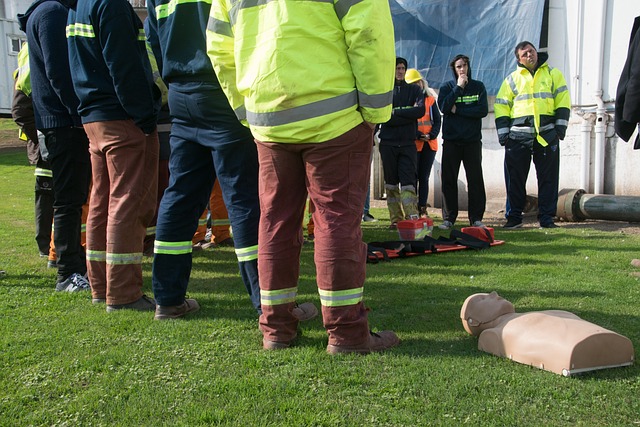Safety Protocols and Hazard Prevention for Grounds Staff
Grounds staff face a mix of mechanical, chemical, biological, and environmental hazards. Clear safety protocols, routine training, and reliable equipment practices reduce incidents and support consistent turf and landscape quality across seasonality and scheduling demands.

Grounds maintenance teams work across landscaping, turf care, horticulture, and irrigation systems, often in changing weather and varied terrain. Effective safety protocols begin with hazard recognition and documented procedures that fit crew size and local conditions. Clear communication, routine inspections, and practical training reduce the frequency of incidents, protect worker health, and maintain quality outcomes for the spaces under care.
Grounds and landscaping: identifying hazards
Regular site inspections help identify common hazards in general grounds and landscaping work, including uneven surfaces, hidden holes, exposed roots, and site-specific obstacles like irrigation heads or landscape lighting. Teams should use checklists to document trip and fall risks, identify areas needing improved drainage, and mark potential hazards for temporary mitigation. Clear signage and barriers during active work phases reduce public exposure and create safer work zones for crews.
Turf and horticulture: biological and chemical risks
Turf and horticulture tasks can expose workers to chemical treatments, fertilizers, and biological agents such as molds or allergens. Protocols should mandate proper storage and labeling of chemicals, following manufacturer safety data sheets, and the use of appropriate personal protective equipment (PPE). Integrated pest management and calibrated application equipment reduce overexposure. Hand hygiene and post-shift decontamination minimize skin contact and inhalation risks associated with horticultural products.
Irrigation and equipment: mechanical safety
Irrigation systems and powered landscaping equipment present mechanical hazards. Lockout/tagout practices for equipment servicing, ensuring irrigation valves are off during repairs, and de-energizing electrical components are essential. Regular preventative maintenance, blade checks, and guard inspections prevent malfunctions. Operators should be trained on safe startup/shutdown sequences, proper fuel handling, and on-pavement vs. off-pavement operation to avoid collisions and tip-over incidents.
Scheduling and seasonality: planning to reduce risk
Seasonality affects workload, exposure, and injury risk. High-demand periods may increase fatigue and incident likelihood if scheduling does not match crew capacity. Implement shift rotations, rest breaks, and staggered start times during hot or cold extremes. Advance planning for seasonal transitions—such as winterizing irrigation or adjusting mowing heights—reduces rushed work and mistakes. Adapt schedules to local climate patterns and known peak workload windows to maintain consistent safety standards.
Training and crew coordination for safety
Consistent, role-specific training is a cornerstone of hazard prevention. New hires and seasonal crew members should receive hands-on instruction covering equipment operation, PPE use, chemical handling, and emergency response. Regular refresher sessions, toolbox talks, and scenario-based drills reinforce safe behaviors. Encourage a culture where crew members can report near-misses without penalty, and use those reports to adjust training and procedures for continuous improvement.
Sustainability and quality: long-term hazard prevention
Incorporating sustainability into maintenance plans can reduce hazardous inputs and improve long-term site quality. Practices such as targeted irrigation, soil health management, and selecting resilient plant species lower pesticide and fertilizer dependence. Sustainable approaches can reduce worker exposure to chemicals and cut the frequency of intensive reactive tasks. Documented standards that link sustainability goals to routine safety checks help crews maintain consistent quality while minimizing hazards.
Safety documentation and on-site routines form the backbone of effective hazard prevention. Written procedures for common tasks, incident reporting systems, and accessible safety data sheets create transparency and consistency. Supervisors should review incident trends and adjust protocols to address recurring issues. By combining proactive planning, appropriate equipment maintenance, role-specific training, and sustainability-minded practices, grounds teams can maintain safer working conditions and consistent quality across landscaping, turf, and horticulture responsibilities.





